Jewelry has been an integral part of human culture for thousands of years, serving not only as a form of adornment but also as a symbol of status, love, and personal expression. Jewelry is a reflection of culture, history, and personal identity. Whether it’s a simple necklace or an elaborate ring, each piece tells a story and holds significance. As trends evolve and new artisans emerge, the world of jewelry continues to enchant, offering endless possibilities for creativity and expression. Whether you’re a collector, a casual wearer, or someone searching for the perfect gift, the right piece of jewelry can add a touch of elegance and meaning to any moment.
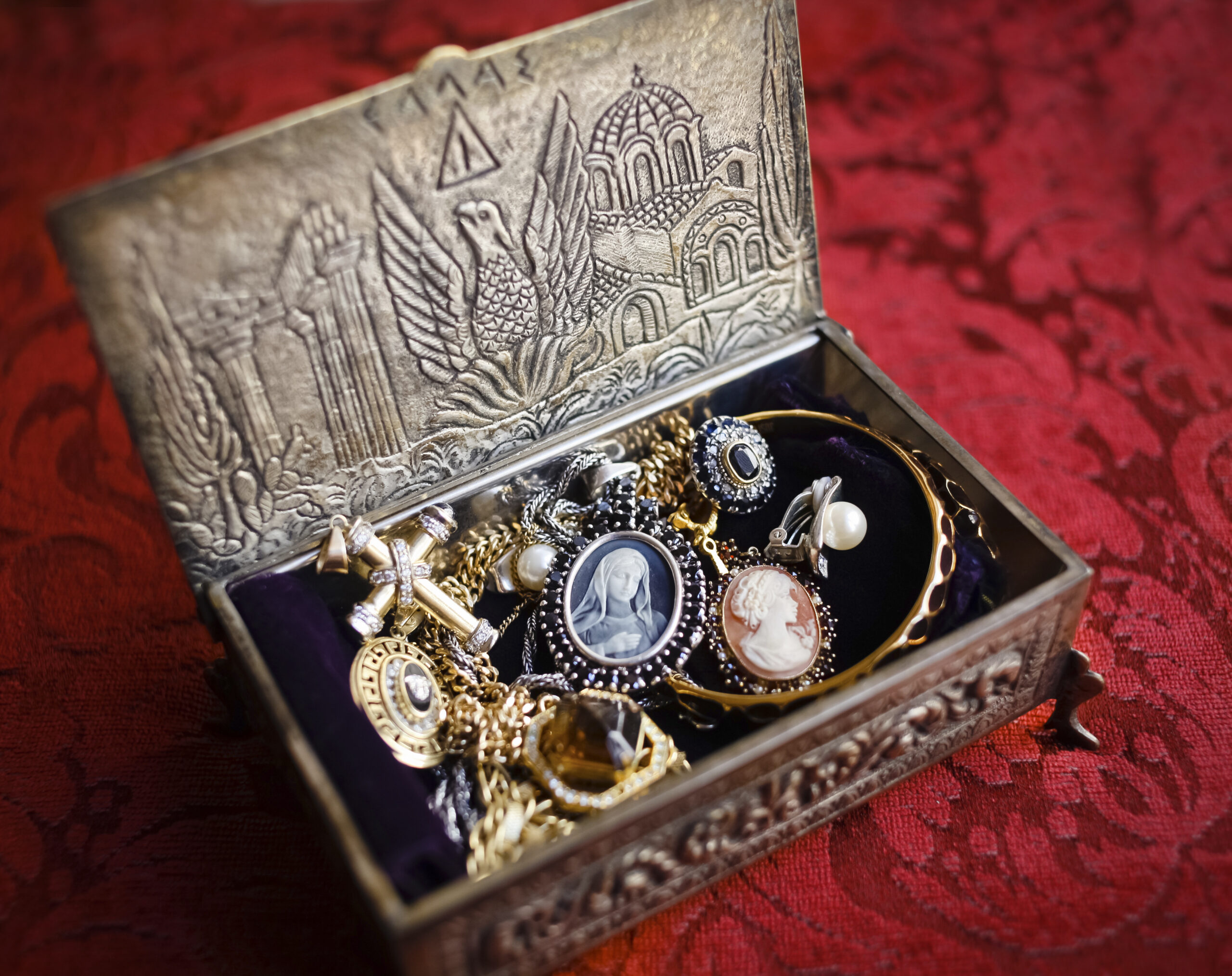
1. The Historical And Significance
Jewelry has a rich history that dates back to prehistoric times. Early humans created adornments from natural materials such as shells, bones, and stones.
- Ancient Egypt: Closely tied to religion and the afterlife. Gold and gemstones were believed to hold protective powers, and elaborate pieces were often buried with the deceased.
- Greek and Roman Eras: Jewelry became a status symbol, often featuring intricate designs that reflected wealth and artistry. The Greeks popularized the use of gemstones, while the Romans were known for their innovative techniques, such as the use of glass.
- Middle Ages: In medieval Europe, jewelry was used to signify nobility and was often adorned with religious symbols.
2. Types of Jewelry
Jewelry comes in various forms, each serving a unique purpose and expressing different sentiments:
Necklaces: These can range from simple chains to statement pieces. Pendants often carry personal meanings or symbolize important beliefs.
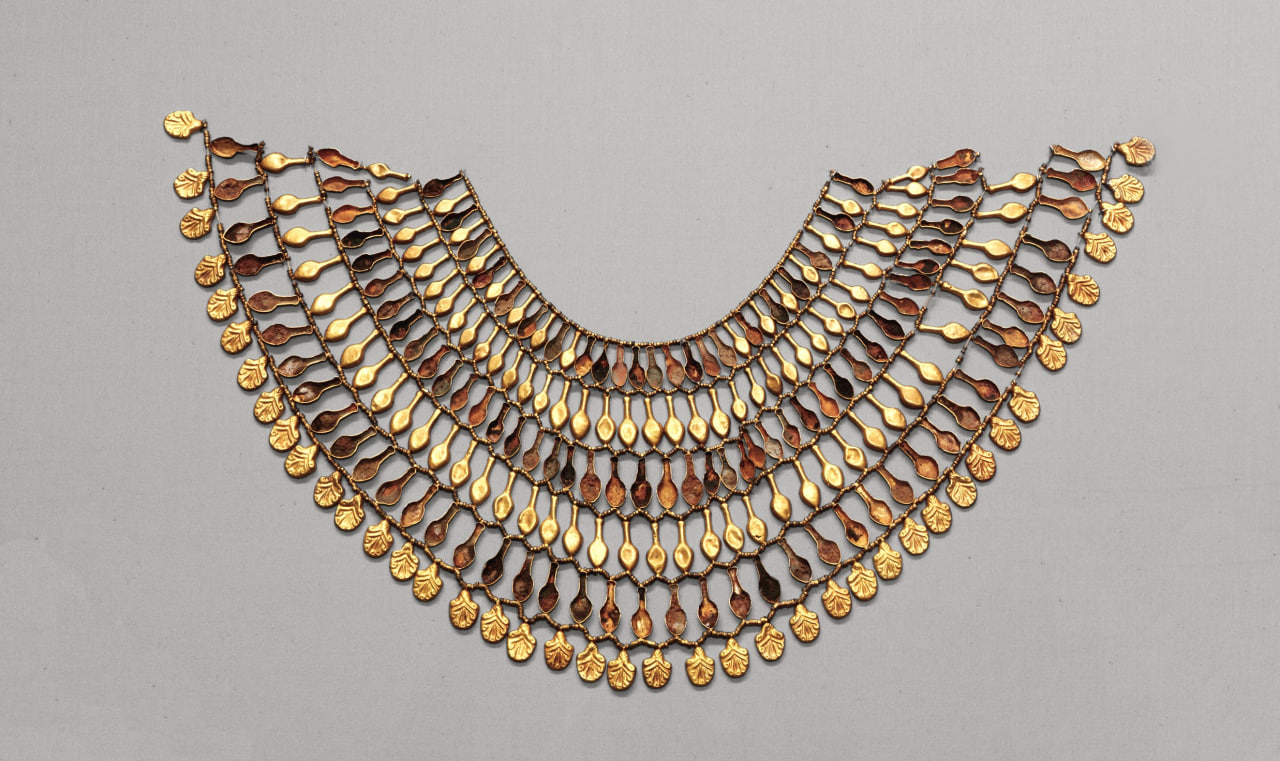
Earrings: From studs to chandeliers, earrings frame the face and can enhance any outfit.
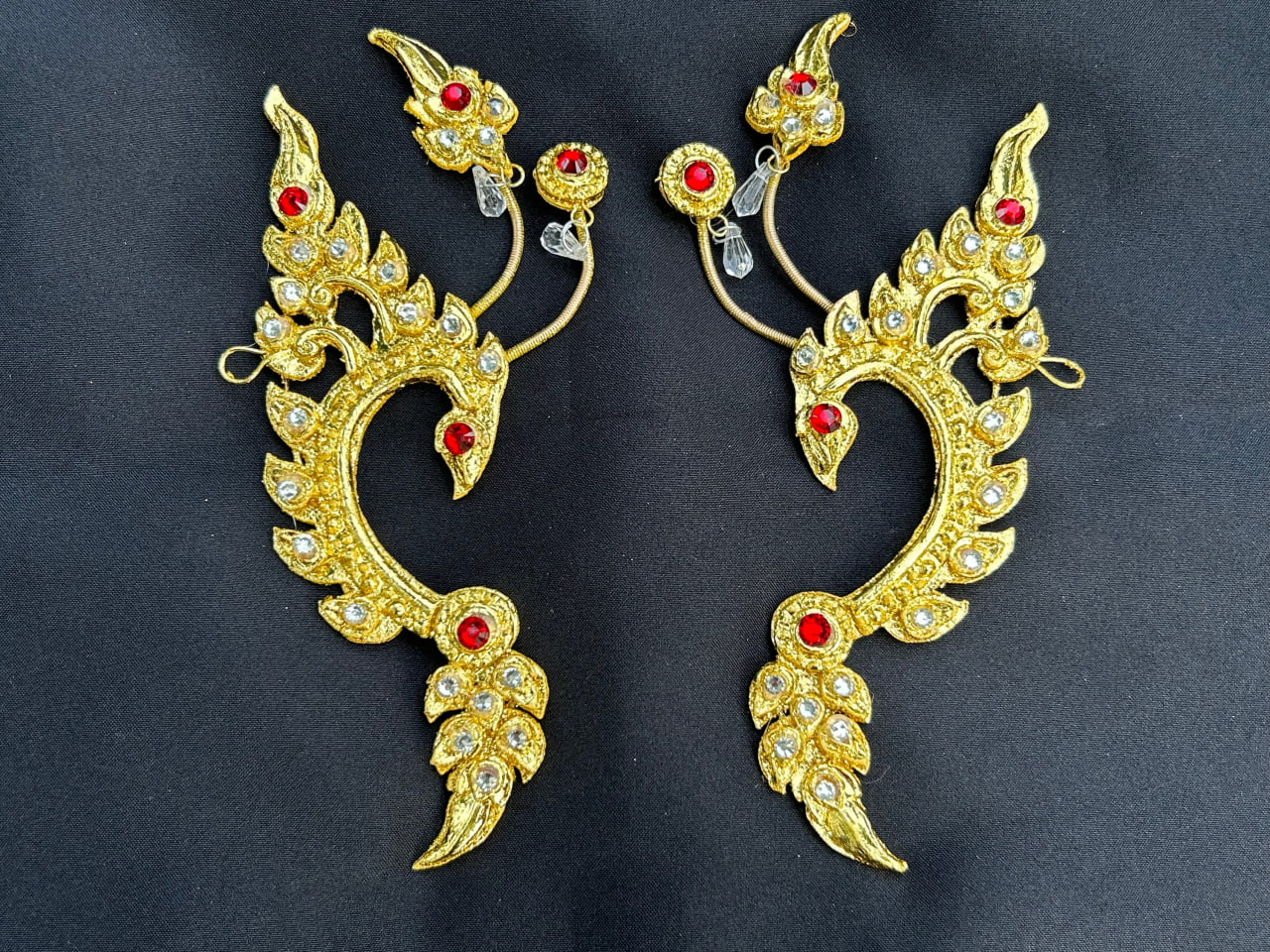
Bracelets: Worn alone or stacked, bracelets can be made of various materials, including metals, beads, and leather.
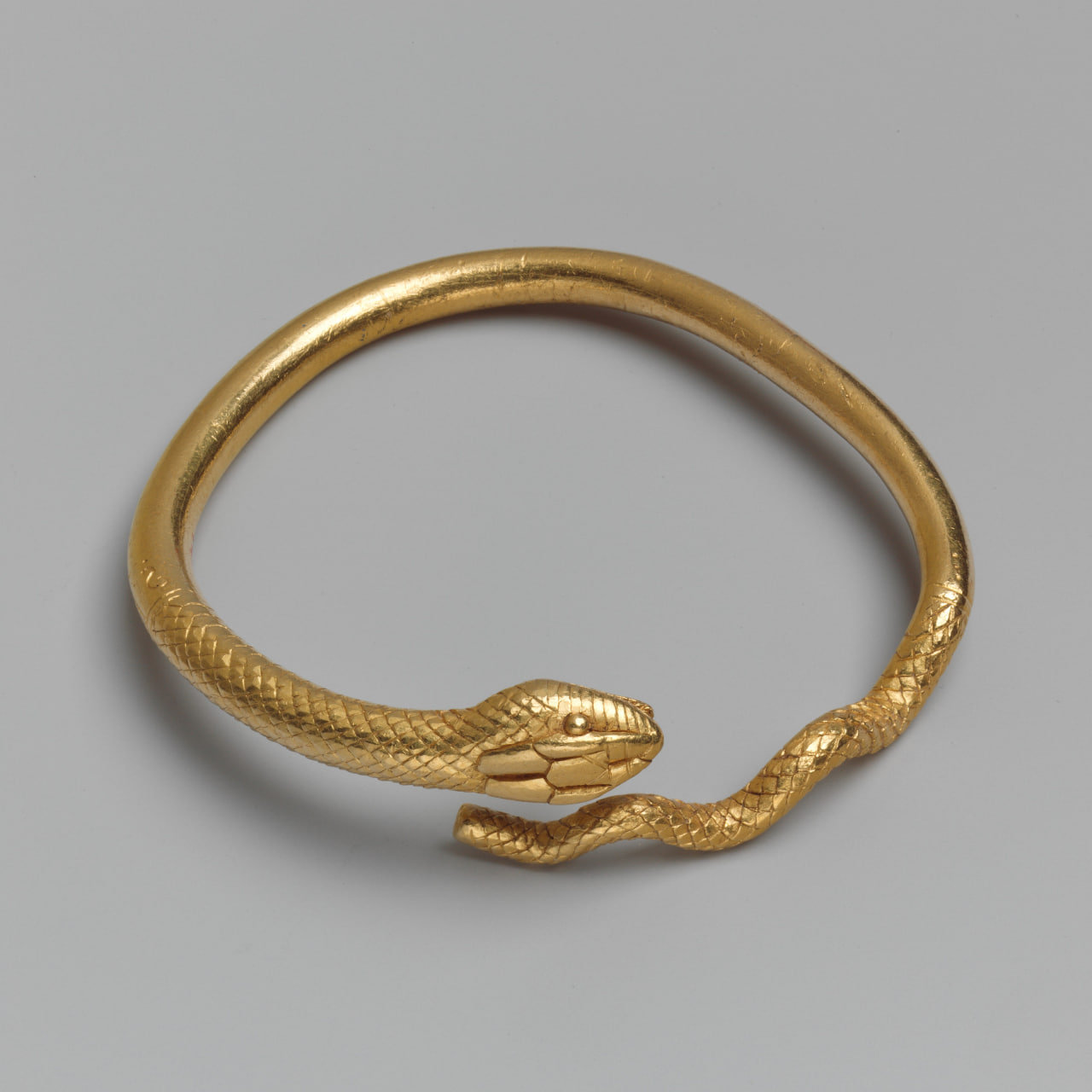
Rings: Often used to signify commitment, such as engagement and wedding rings, they can also be fashion statements or family heirlooms.
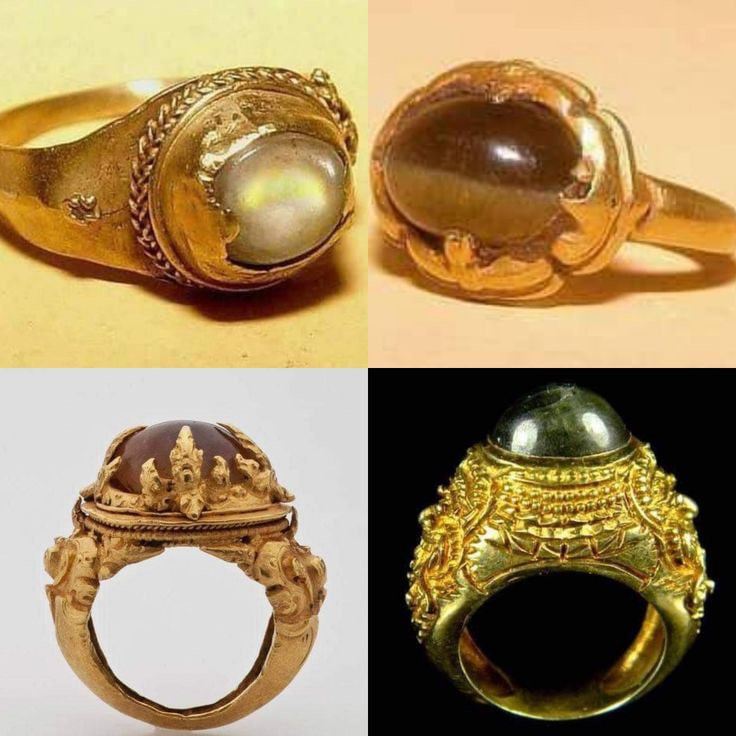
Brooches and Pins: These decorative pieces can be worn on clothing and are often used to express personal style or sentiments.
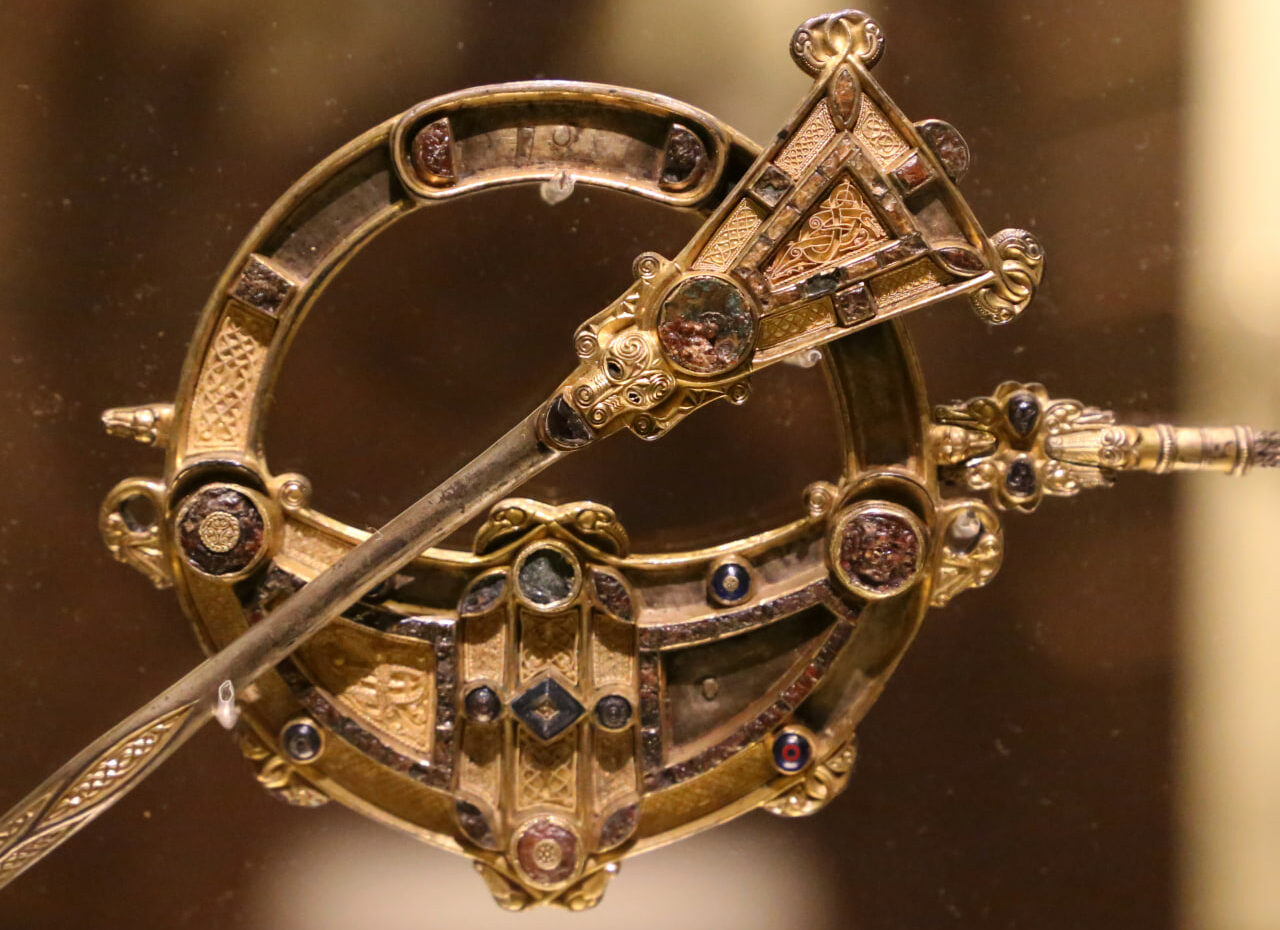
3. The Art of Crafting
Jewelry making is an art form that requires skill, creativity, and knowledge of materials.
- Metalworking: Techniques such as casting, forging, and soldering allow jewelers to create intricate designs from metals like gold, silver, and platinum.
- Gemstone Setting: This involves securely placing gemstones in a piece of jewelry. Techniques include prong, bezel, and pave settings.
- Beading and Stringing: Often used in handmade Itmes, this technique involves threading beads onto a string or wire to create necklaces and bracelets.
- Enameling: This process involves fusing glass with metal to create colorful designs, adding depth and texture to pieces.
4. Current Trends
Jewelry trends are constantly evolving, influenced by fashion, culture, and individual expression. Some current trends include:
- Sustainable Models: As eco-consciousness grows, many brands are focusing on ethically sourced materials and sustainable practices.
- Personalized Pieces: Custom Models that reflects personal stories, initials, or birthstones is increasingly popular.
- Minimalist Designs: Simple, understated pieces are favored for their elegance and versatility.
- Statement Models: Bold and oversized pieces are making a comeback, allowing individuals to express their unique style.
5. The Emotional Connection
Jewelry often carries significant emotional weight. It can symbolize milestones, memories, and relationships:
- Gifts: That’s a good choice for gifts, often given for special occasions such as birthdays, anniversaries, or graduations.
- Heirlooms: Family jewelry passed down through generations holds sentimental value, connecting individuals to their heritage.
- Self-Expression: Many people use them to express their personality, style, and mood.
Recommendation : KPOP NEWS ASIA
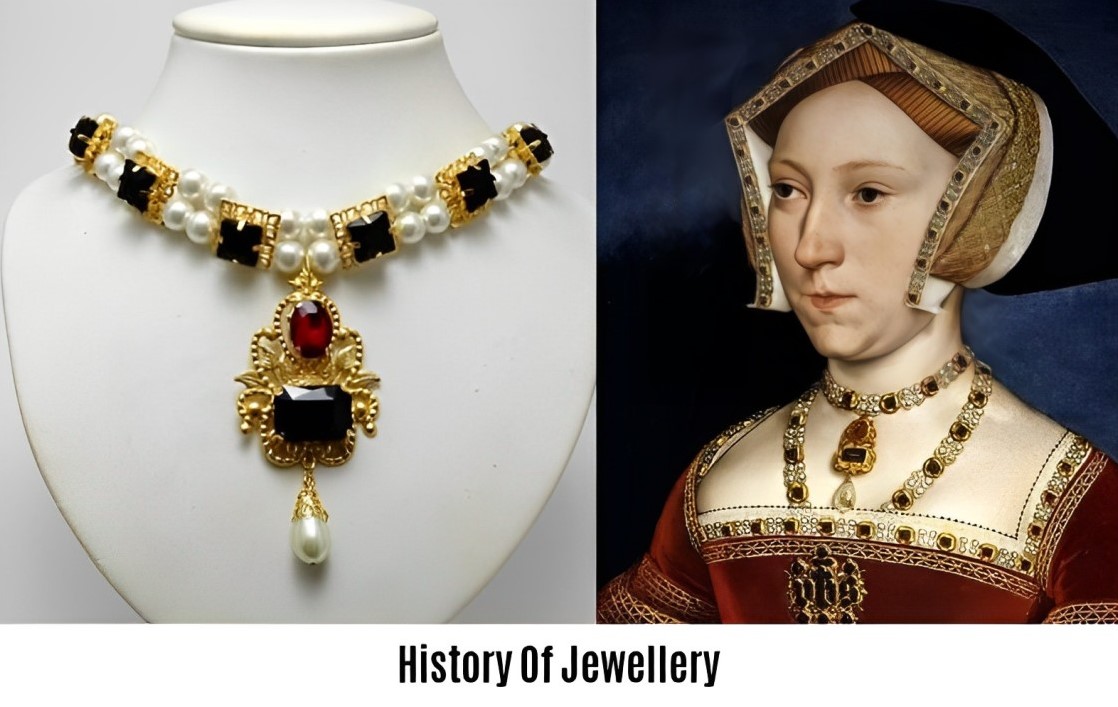

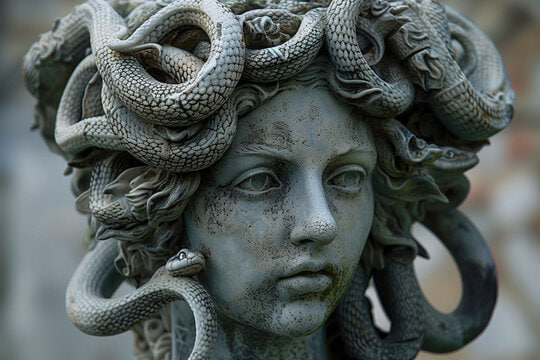



Leave a Reply